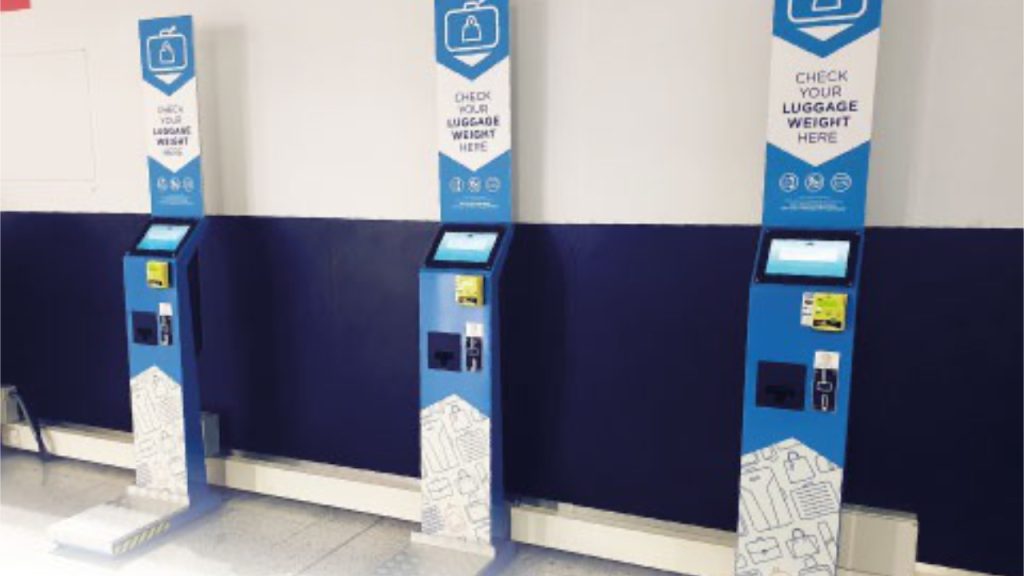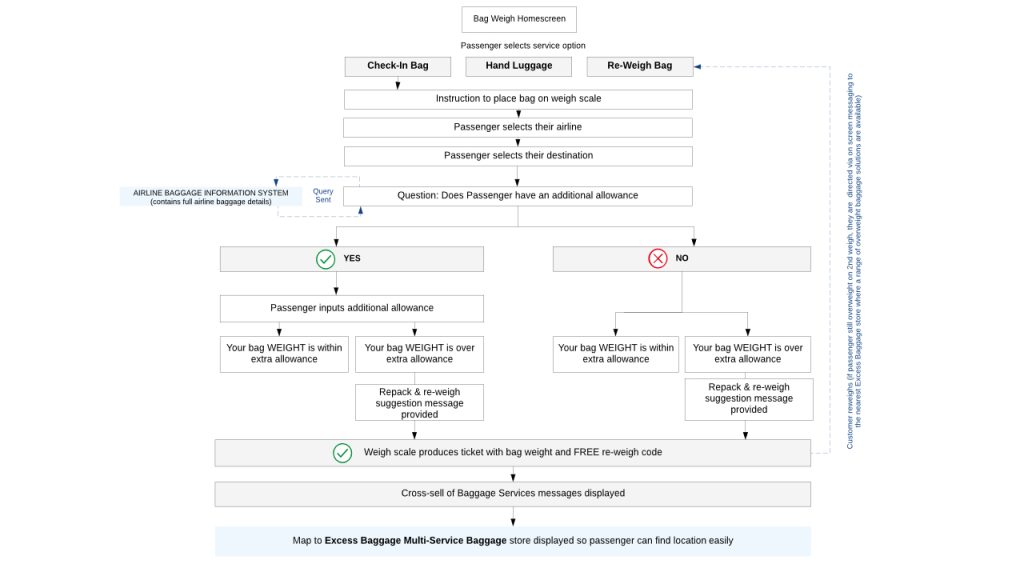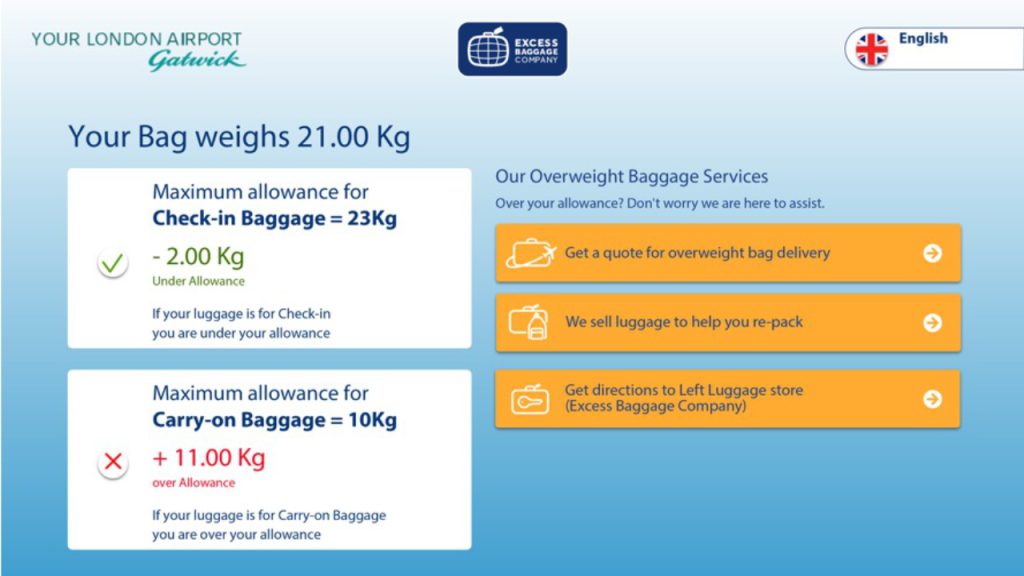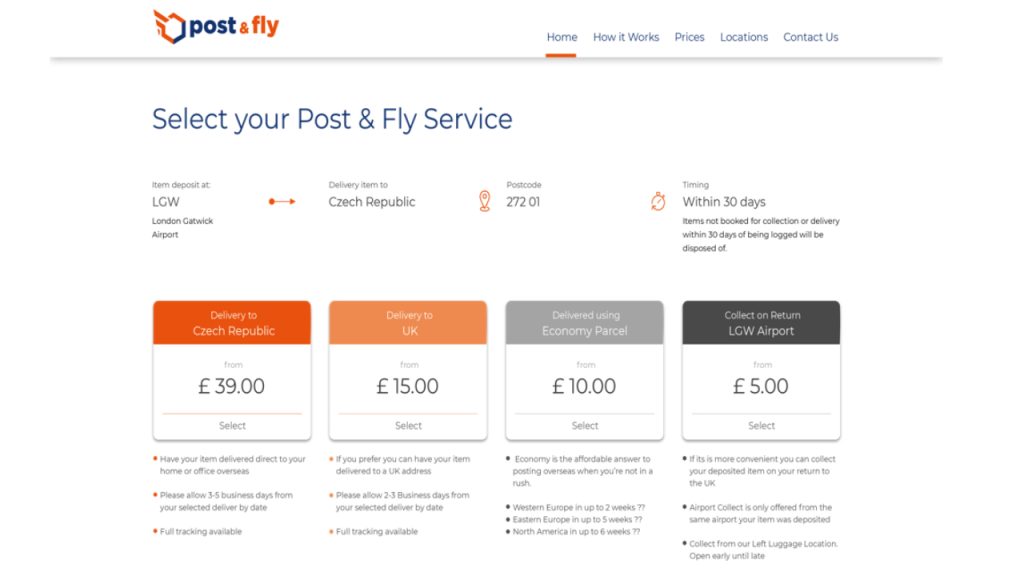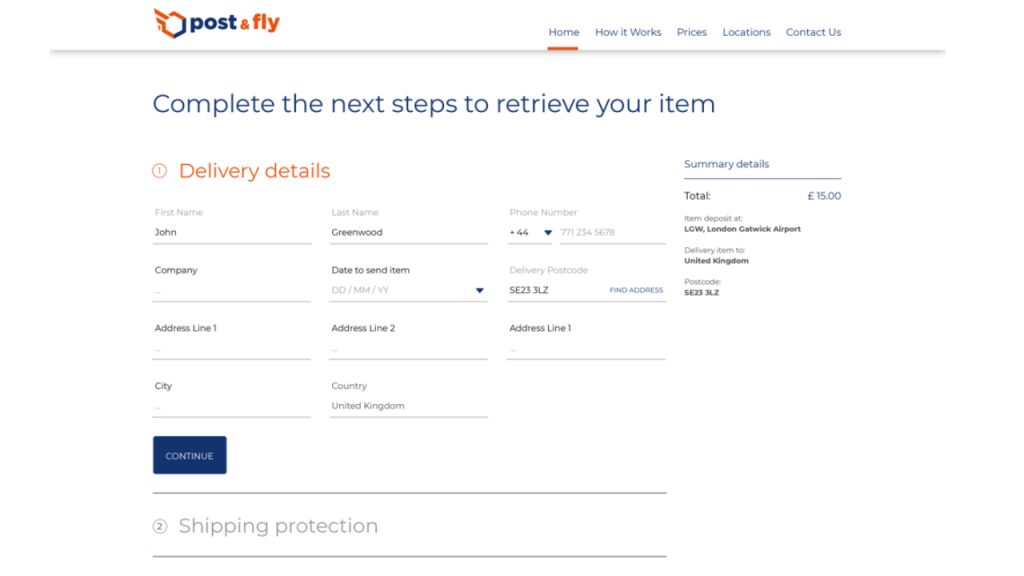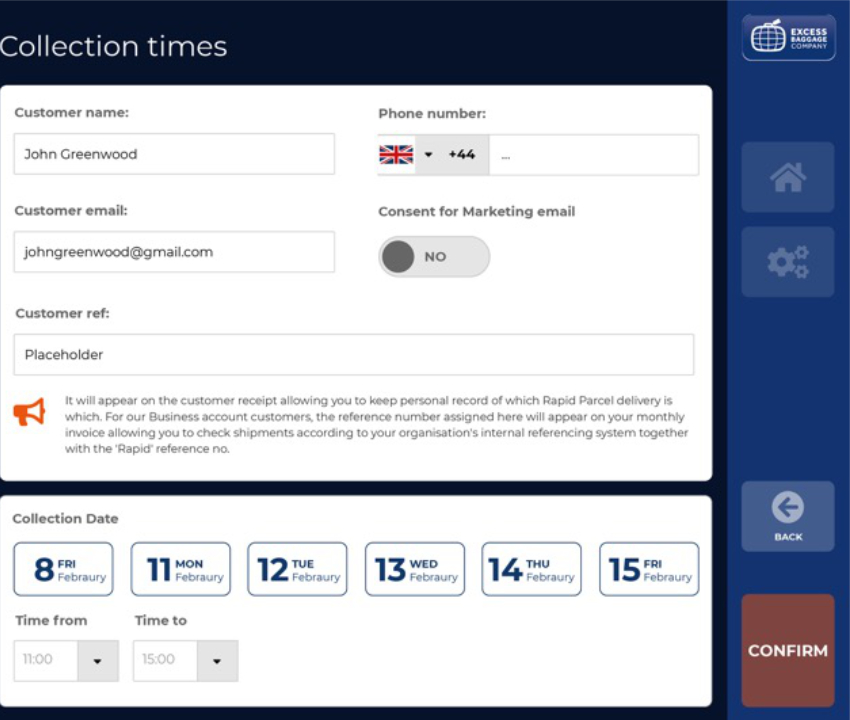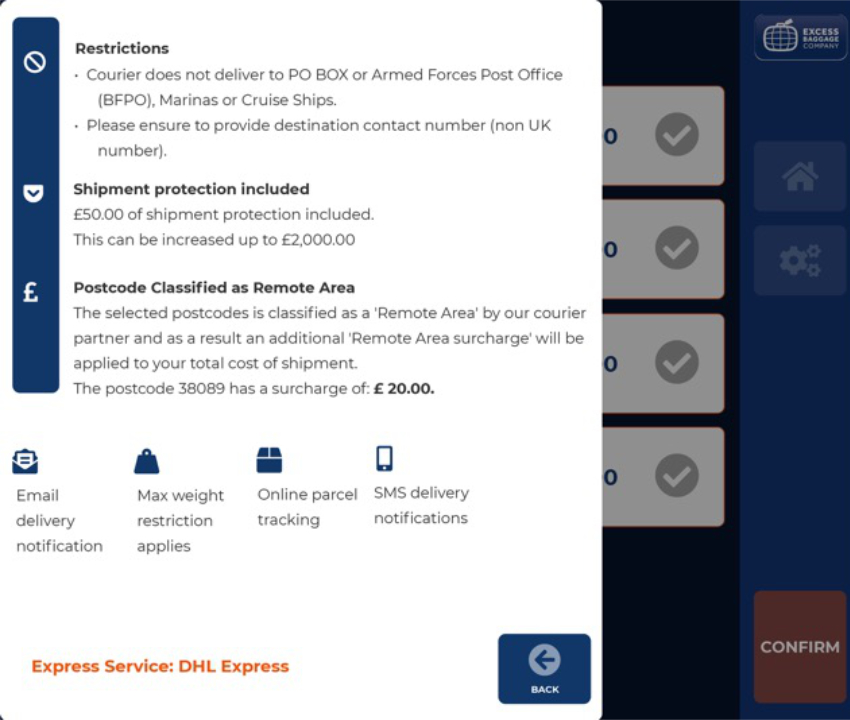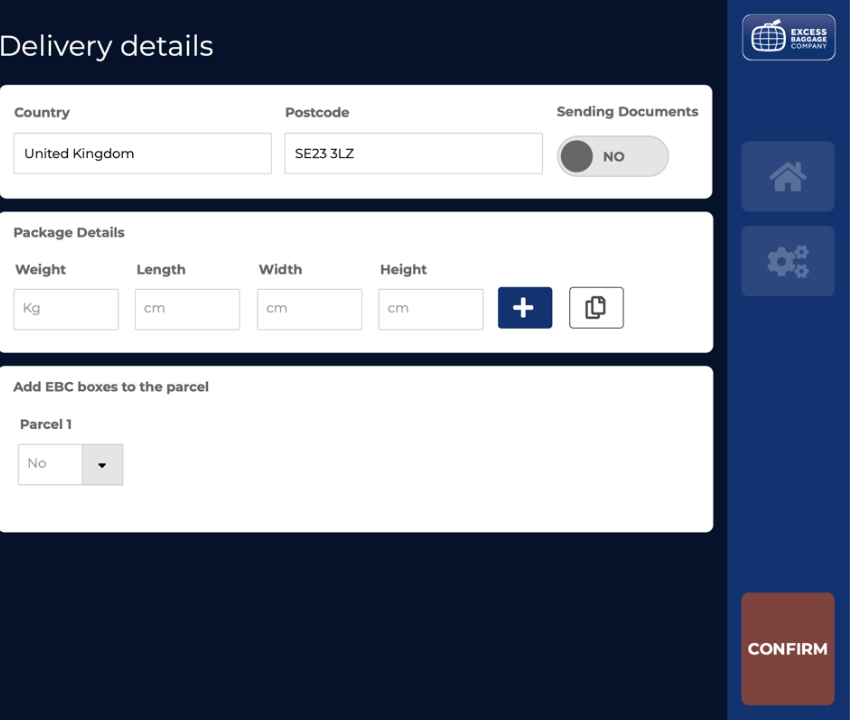Client aim
Excess Baggage was a company that provided a range of services to travelers, including baggage storage, insurance, retail, and travel accessories. They operated at 15 international airports and 18 rail stations and had seen an increase in customer numbers and spending thanks to their customer-centric approach. The company was committed to digitising all of its services and regularly updated its online services to improve the omnichannel user experience for its customers.
One potential need for Excess Baggage may have been to optimise the online booking process for their left luggage and storage services in order to reduce the interaction cost for users. This could have involved streamlining the number of steps and fields required to complete a booking, as well as enriching the existing interactions by adding features such as the ability to track storage charges or receive notifications when it was time to retrieve stored items.
By improving the usability and functionality of the online booking process, Excess Baggage could have increased customer satisfaction and encouraged more users to take advantage of their services. As part of their omnichannel UX strategy, it would have been important for the company to ensure that this improved online booking process was integrated seamlessly with their other channels and touchpoints.




